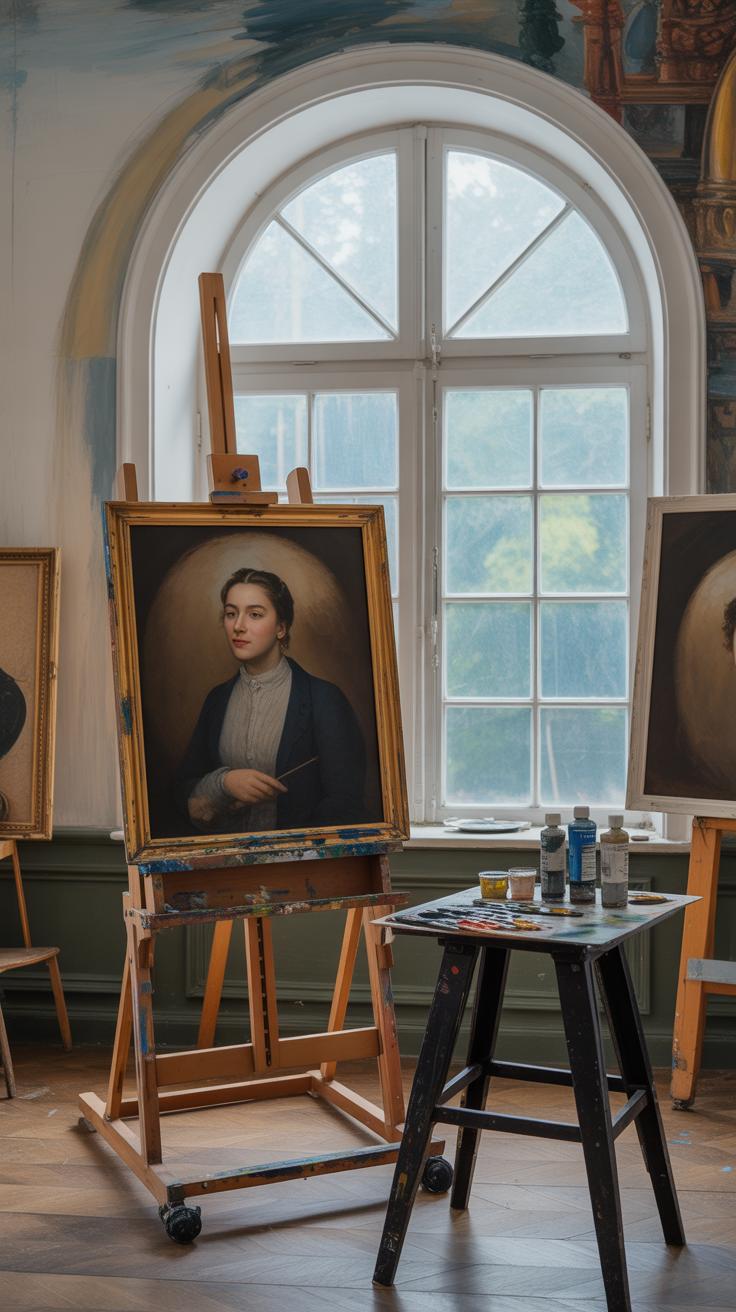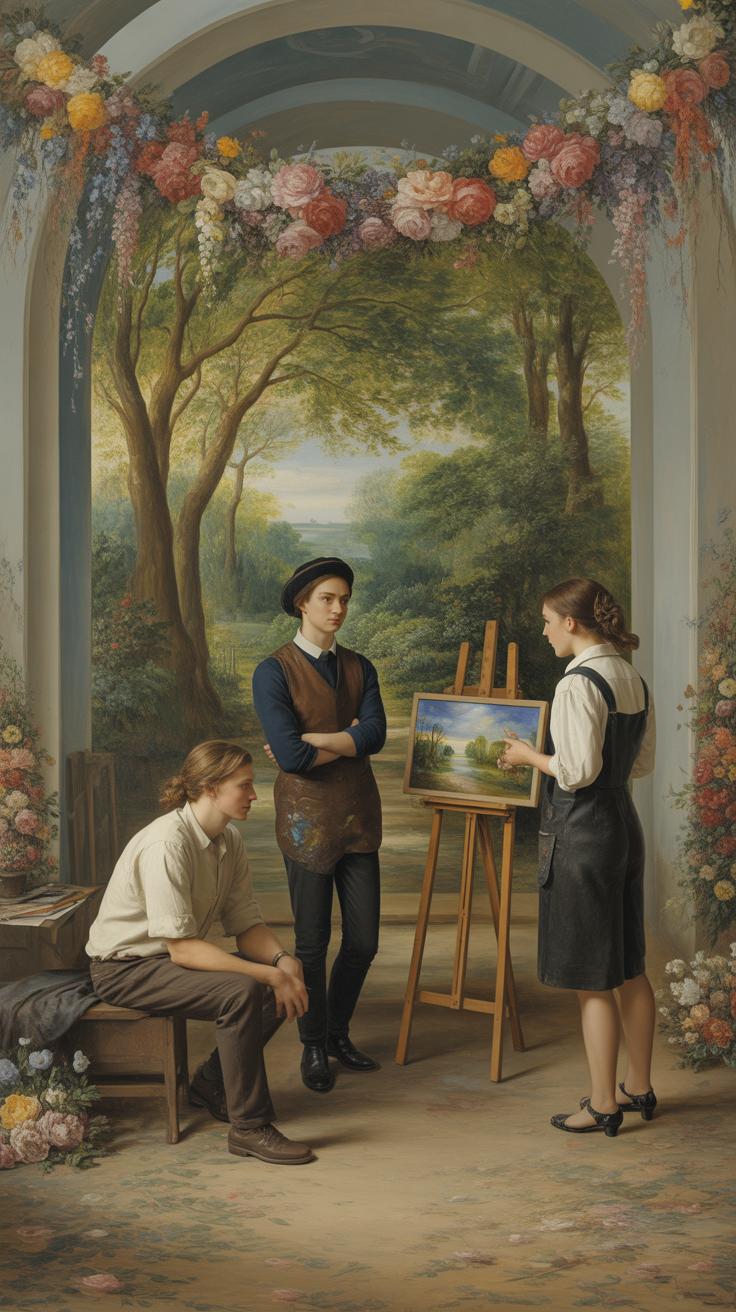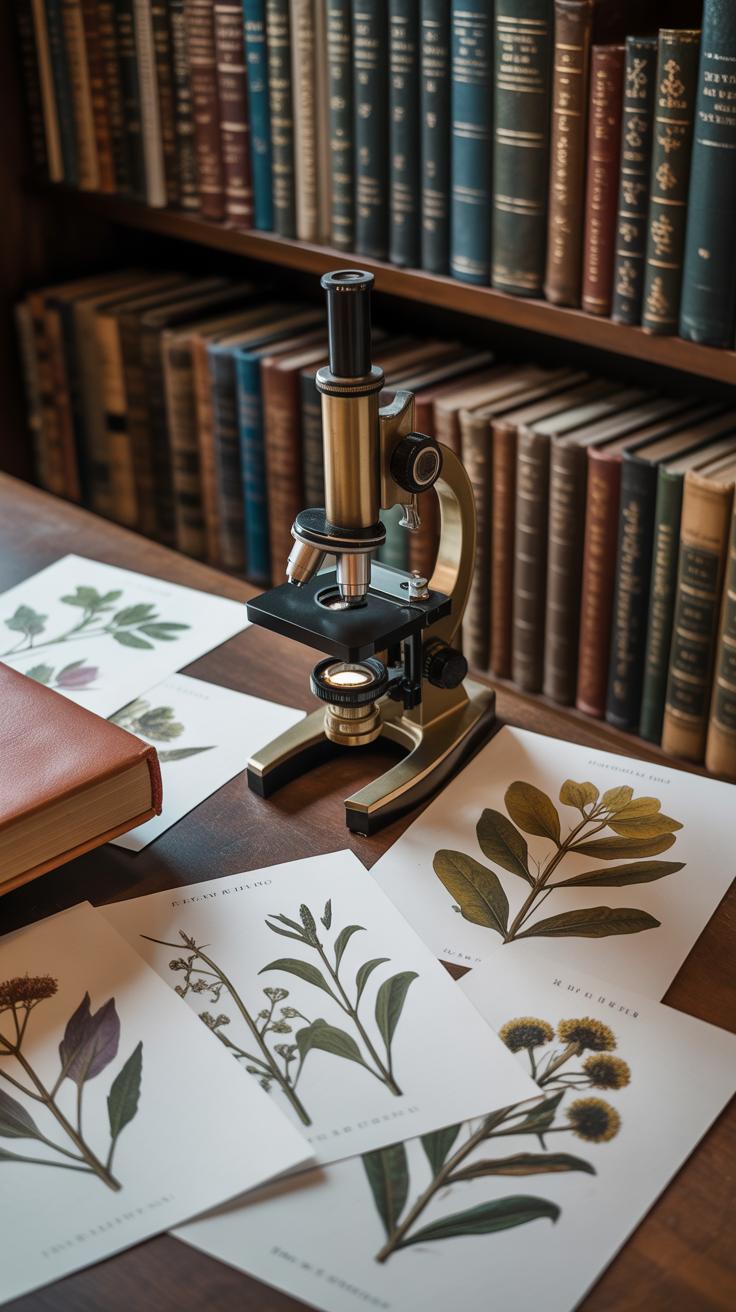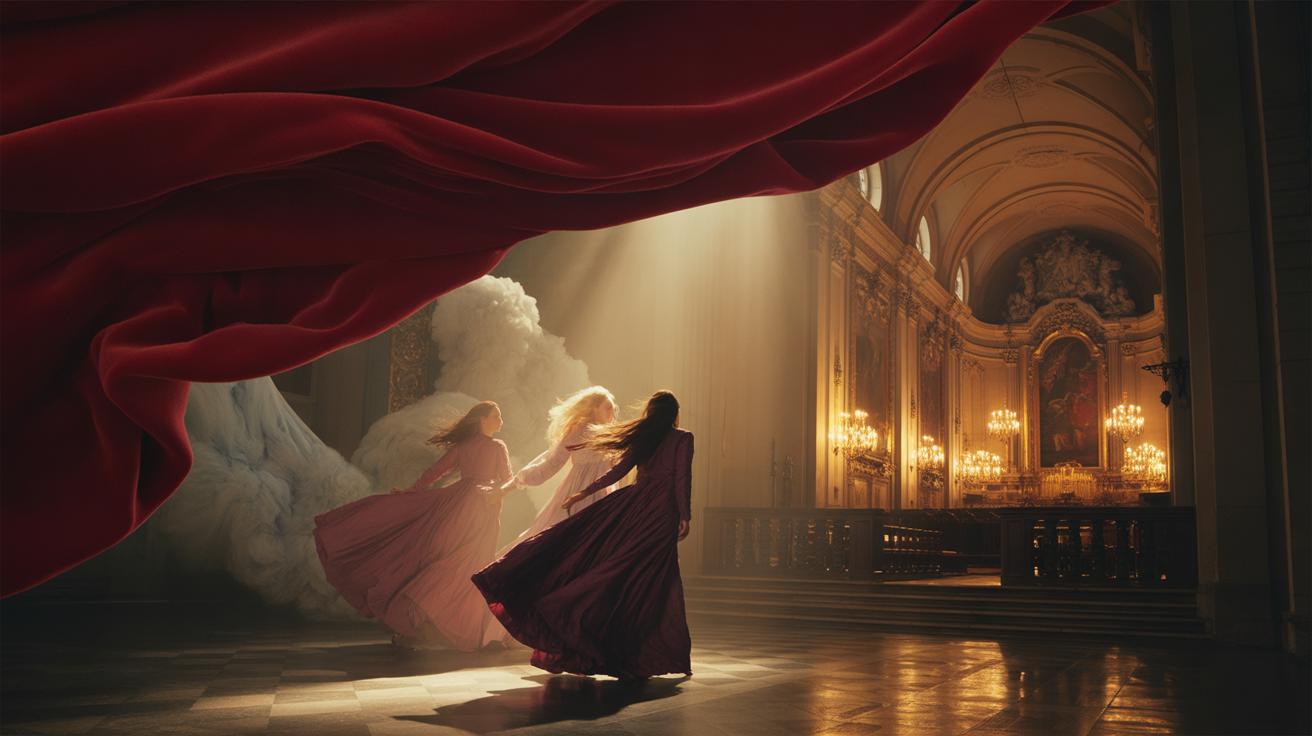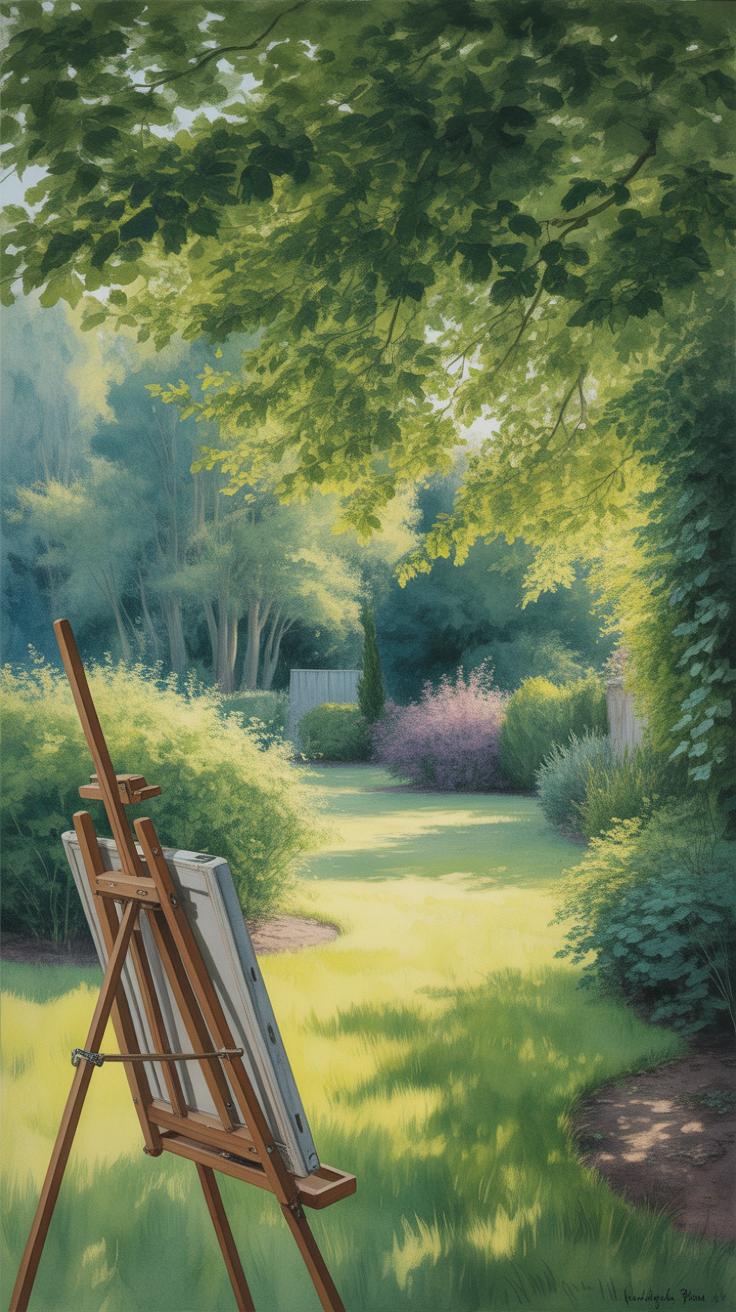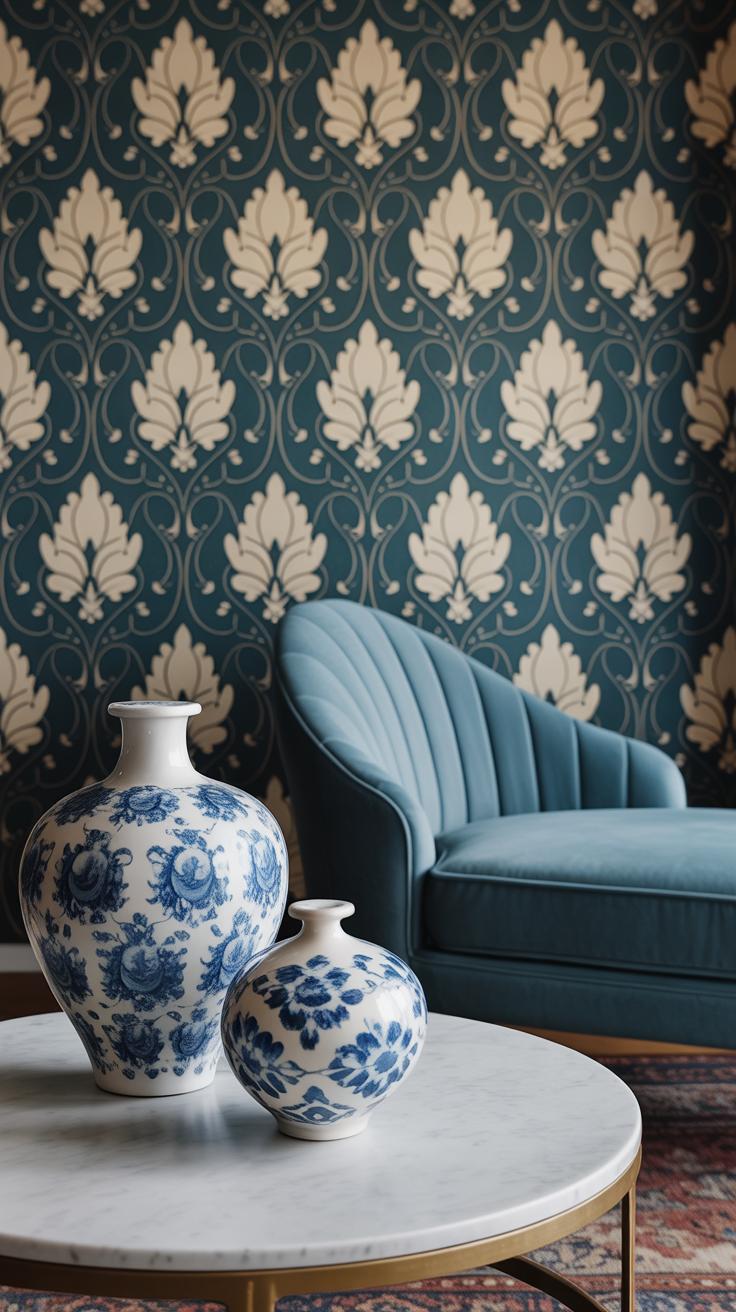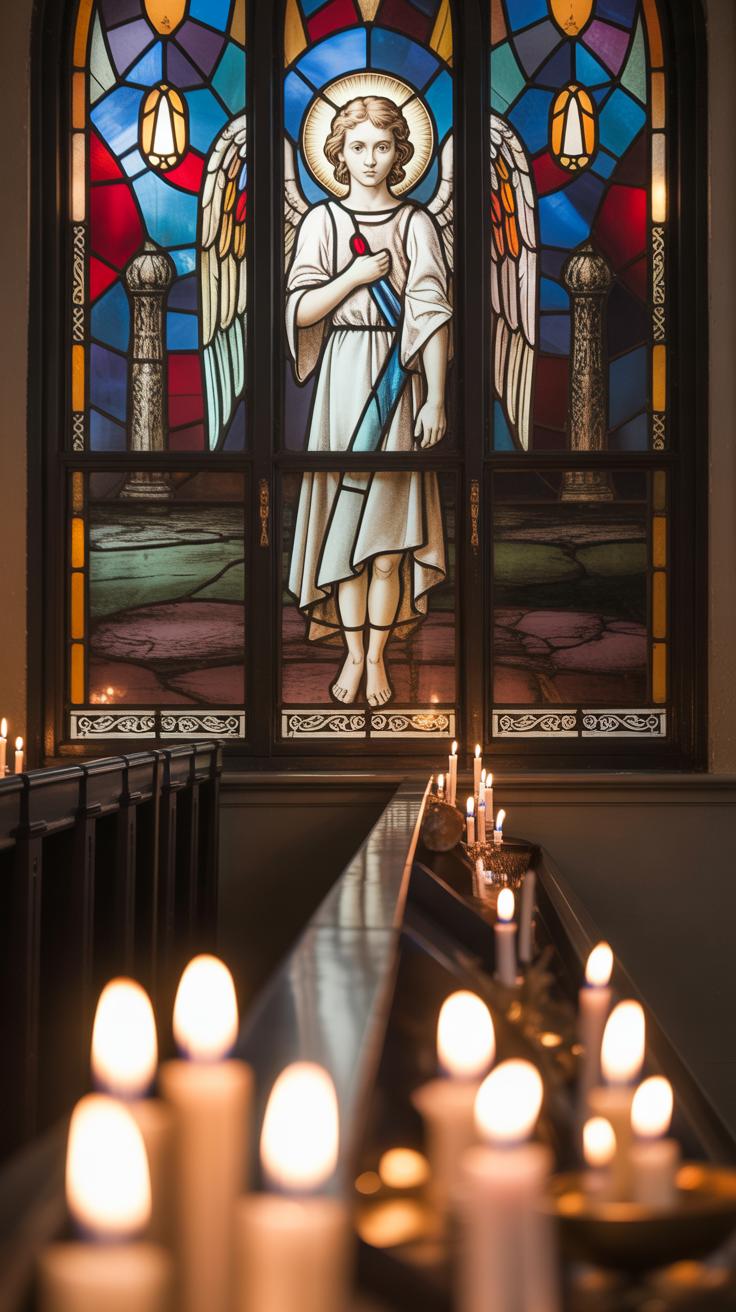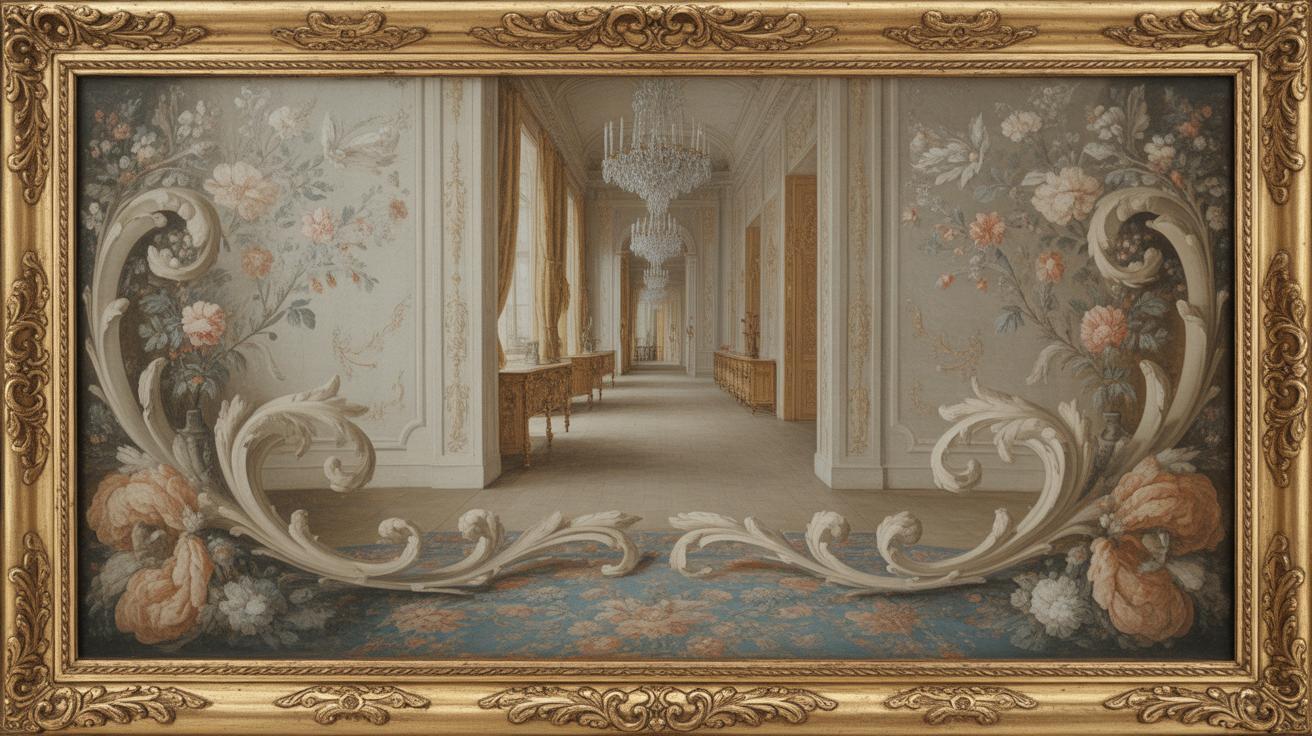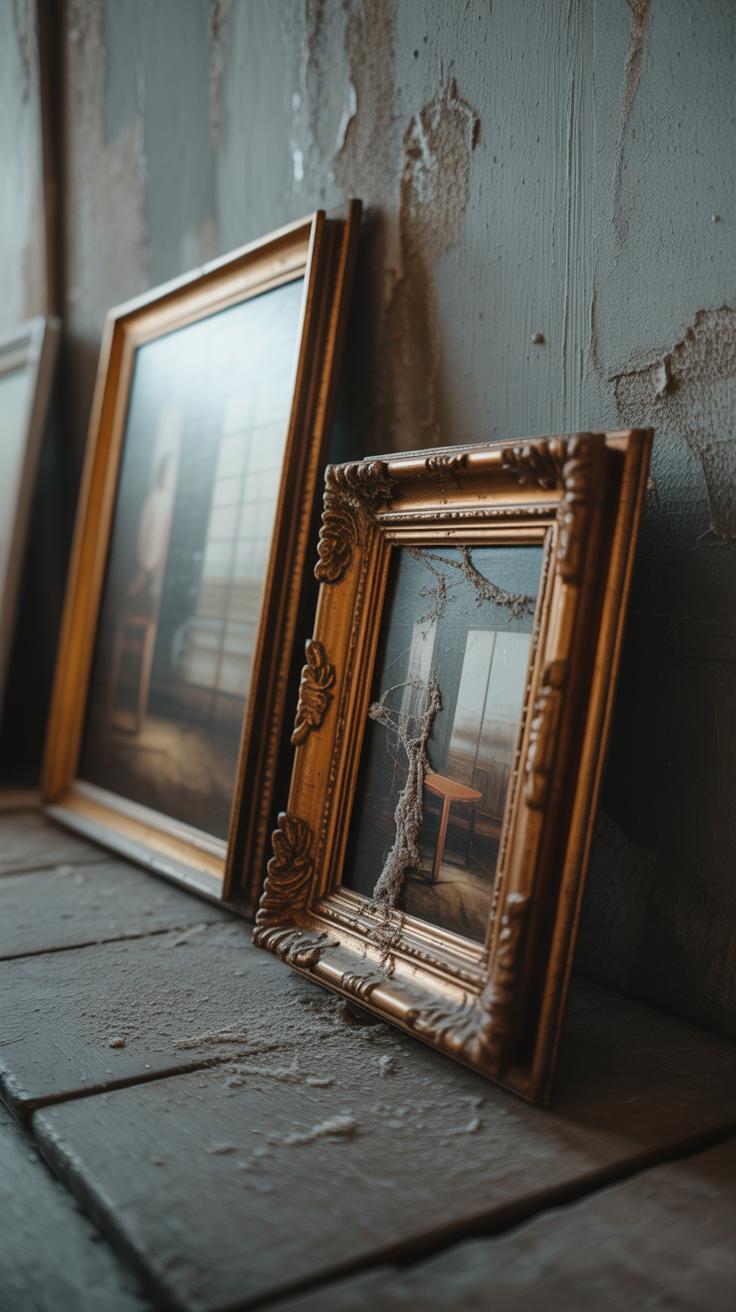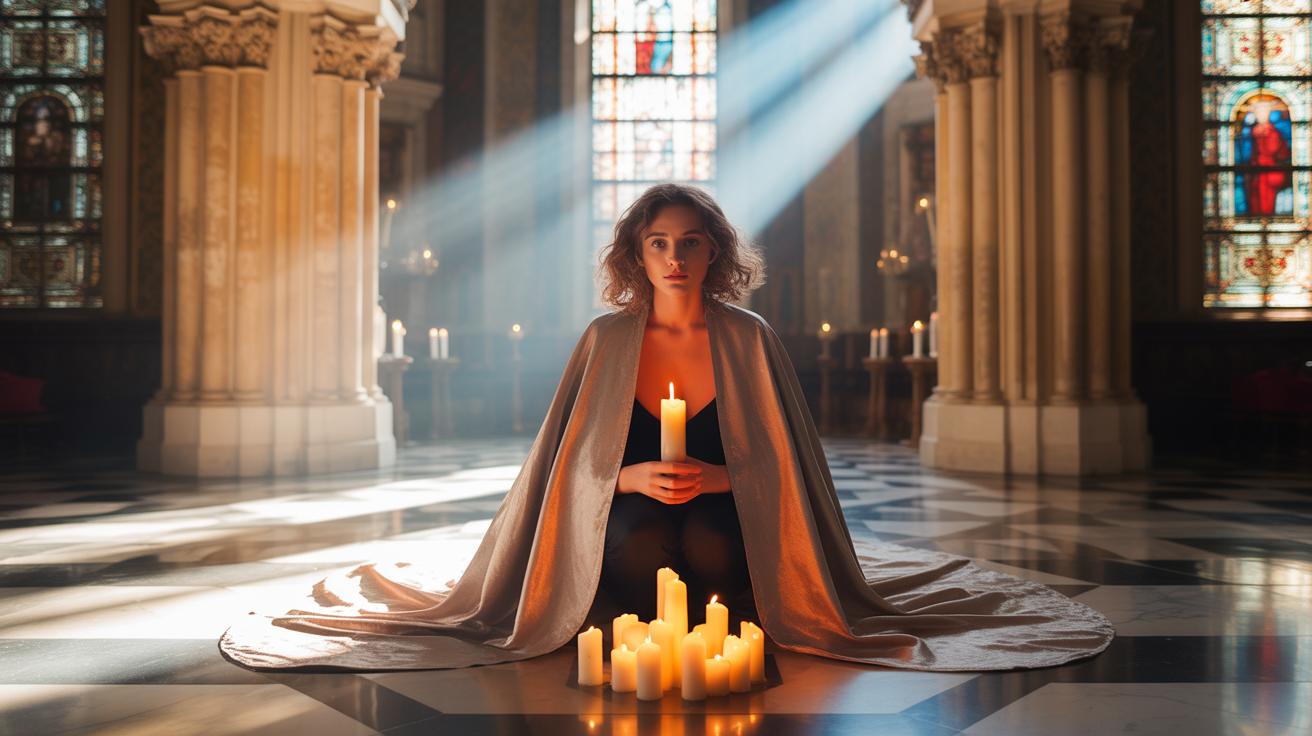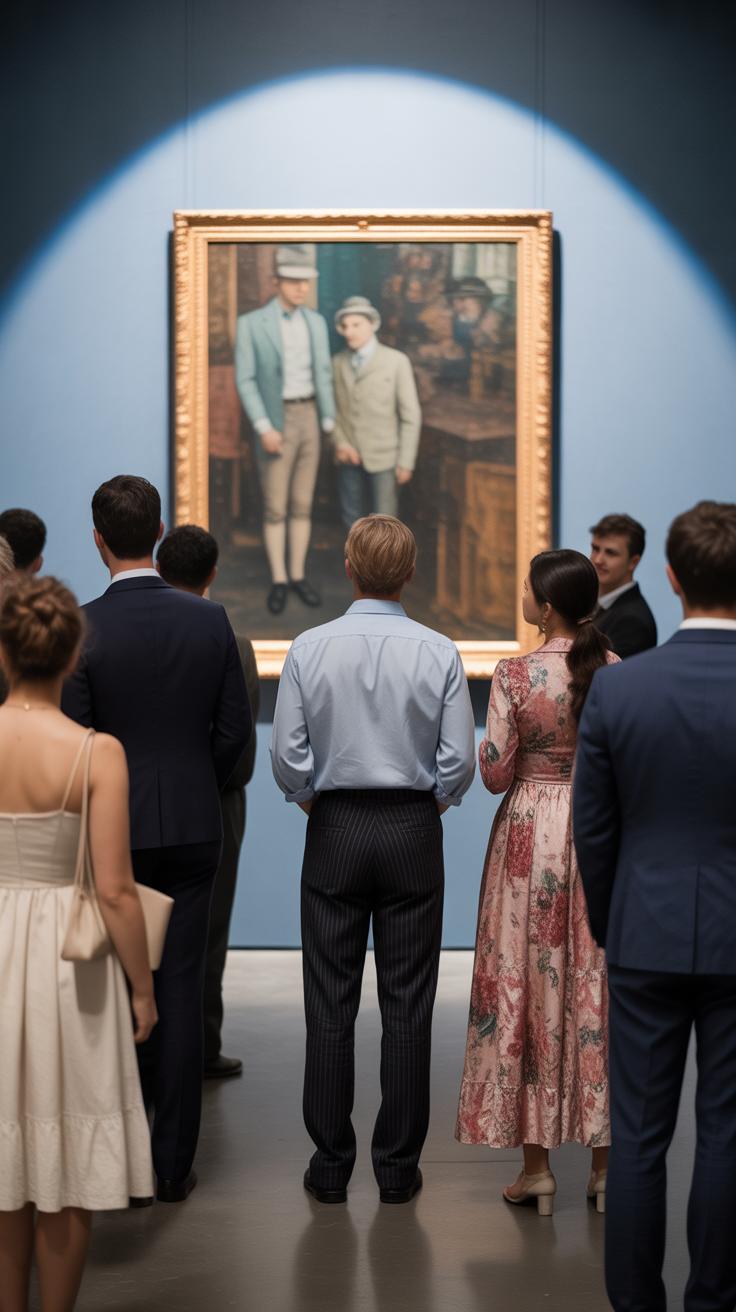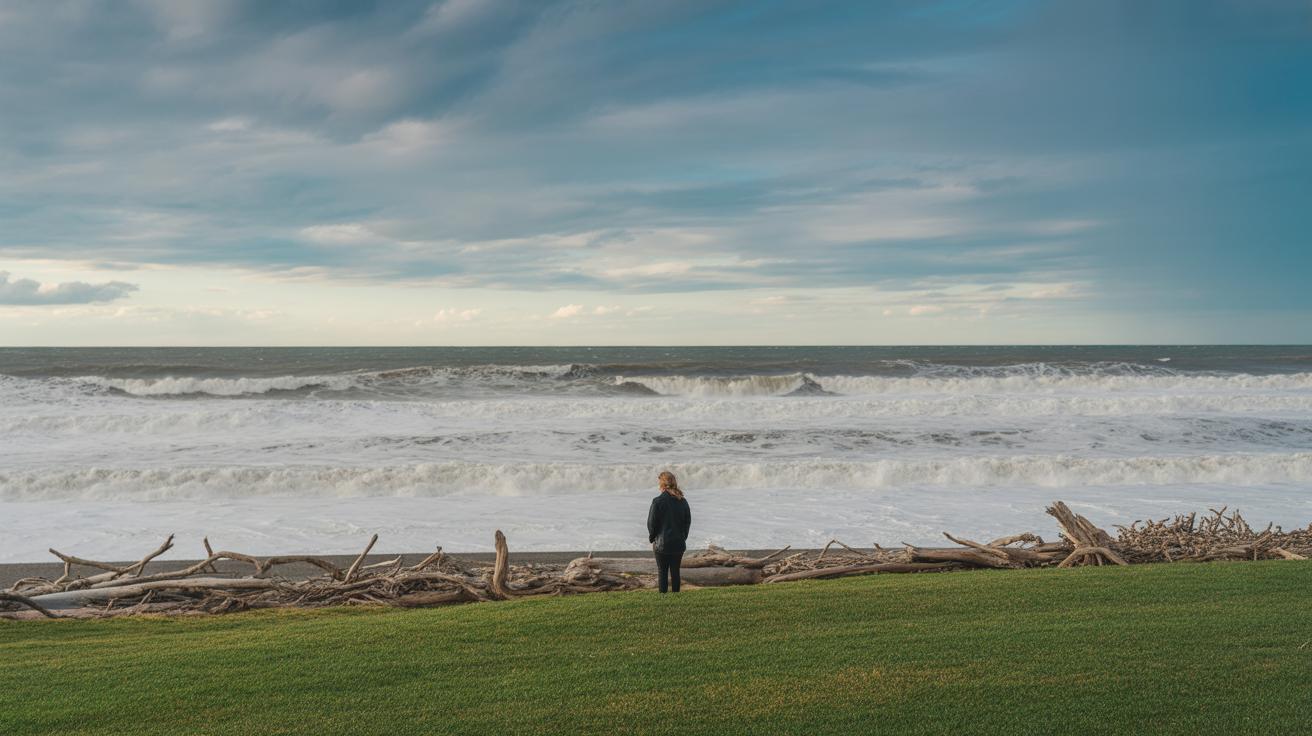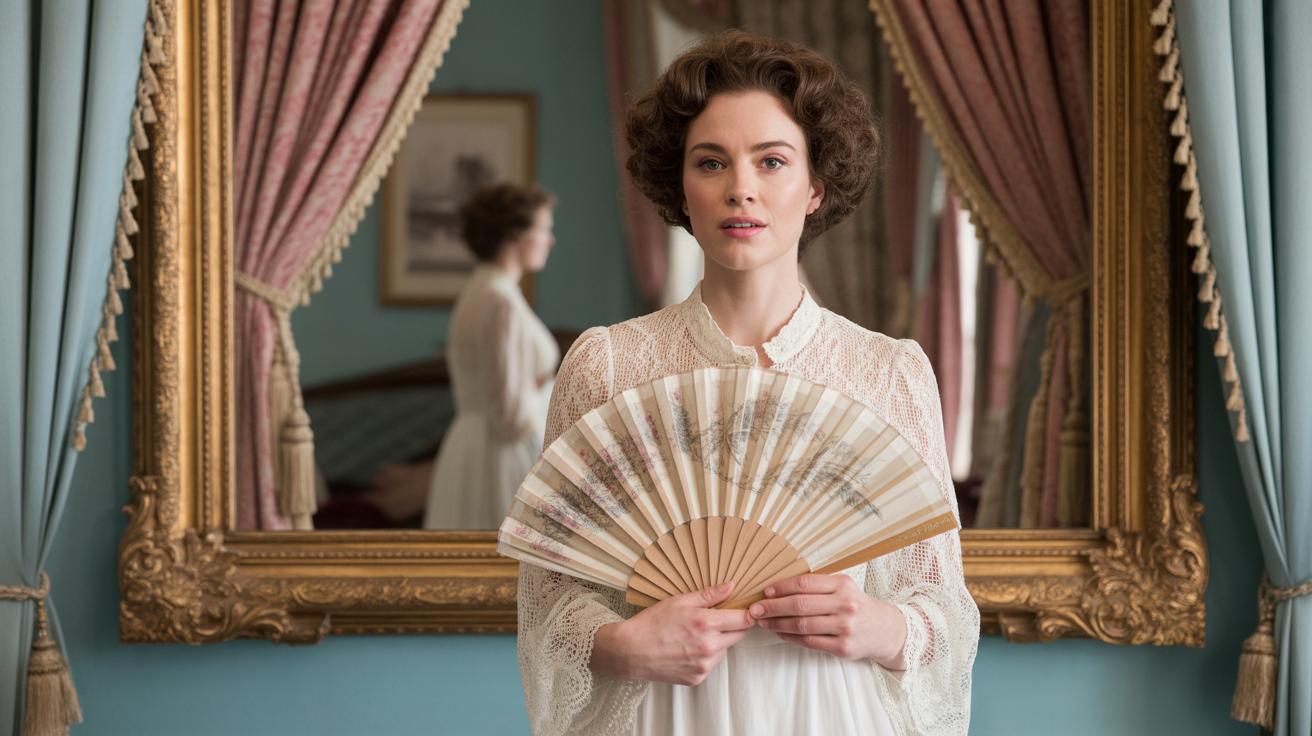
Victorian Paintings Revival Exploring Elegant Period Aesthetics
Introduction
Victorian paintings showcase the art created during Queen Victoria’s reign from 1837 to 1901. This period showed many changes in society, industry, and art styles. Artists began moving away from showing only noble and idealized subjects to painting more truthful and detailed scenes. These paintings reflect the complex social and cultural shifts of the time.
This article explores the revival and continued interest in Victorian paintings. It looks at the main styles and groups of artists, their inspirations, and how their works still impact art today. You will learn how Victorian art tells stories about history and how beauty was seen in a changing world.
Origins of Victorian Painting
Role of the Royal Academy and Joshua Reynolds
The Royal Academy of Arts set the stage for early Victorian painting, holding a firm grip on what was considered proper art. Joshua Reynolds, its first president, championed an idealized style that emphasized classical beauty and grand themes drawn from history and mythology. His ideas promoted a polished, elevated form of painting—portraits that flattered, scenes that inspired. Early Victorian artists followed this blueprint closely, hoping to meet the Academy’s standards and reach its audience.
Reynolds believed art should elevate the viewer. His advice—to paint not just what you see but what you know—meant artists aimed for refinement rather than raw reality. This approach kept art somewhat distant and formal, which suited the tastes of aristocrats and elites of the time.
Social Changes Impacting Art
But then social tides began to turn. The rise of the middle class during Queen Victoria’s long reign shifted public expectations. People wanted something different from their art—more relatable, more immediate. Middle-class patrons didn’t always connect with lofty classical subjects or idealized beauty. Their lives were practical, narratively rich, but not always glamorous.
This growing audience looked for paintings that reflected their everyday experiences, their own hopes, and struggles. They were less interested in polished perfection and more drawn to honesty or storytelling. The old academic ideals started to feel out of touch—somewhat stale in the face of modern social realities. You could say art began to slip away from being a symbol of elite taste toward becoming a conversation with a broader society.
Did the Royal Academy truly anticipate these changes, or did it cling too tightly to tradition? Perhaps it’s that tension—the hold of Reynolds’ classical ideals meeting a rising new social order—that set Victorian painting on its uncertain path toward fresh ideas.
The PreRaphaelite Brotherhoods Challenge
The Pre-Raphaelite Brotherhood formed in 1848, a small group of young artists who were quite critical of the Royal Academy’s dominating style. They felt the Academy’s methods, which idealized composition and softened detail, missed something vital. Instead, the Brotherhood wanted to return to a style before Raphael, one that embraced closer observation of the natural world and a fresher, more truthful expression.
Commitment to Nature and Detail
For the Pre-Raphaelites, nature wasn’t just a backdrop— it was the main subject. They sought to paint with a sharp focus on every leaf, petal, and ray of light. Sometimes their dedication meant hours spent outdoors, attempting to capture nature’s minutiae with almost scientific precision. It’s easy to see why some found their work almost unsettlingly real. This intense focus on detail challenged prevailing norms, which often favored broader, less precise brushstrokes.
Moral Lessons in Art
More than just a study of nature, their paintings aimed to tell stories with clear moral overtones. Whether drawing on literature, religion, or everyday life, they wanted viewers to confront themes of truth, virtue, and human frailty. Their work often felt like a critique—a push back against superficial beauty and empty decoration. It raises a question: can paintings hold up as moral guides, or are they simply reflections of the artist’s personal beliefs? The Pre-Raphaelites seemed to believe the former, using art almost like a conversation starter about right and wrong in a rapidly changing world.
Influence of Scientific Advances
The Victorian era was a time when science was rapidly reshaping how people saw the world around them. Artists couldn’t ignore these changes. Scientific discoveries, such as advances in optics and anatomy, pushed painters to look closer, to capture reality with sharper eyes. They became almost obsessed with precise detail—tiny textures in a leaf or the subtle play of light on a human face.
New scientific ideas questioned old beliefs about nature and the human body. For example, theories like Darwin’s evolution challenged the simple, idealized views common in art before. That shift nudged artists toward careful observation, away from imagination or tradition. You can almost sense the tension between old and new ideas in the brushwork of the time.
The result was an art that reflected reality more directly. Painters spent hours studying their subjects from life, trying to record what they saw—not just what they felt or dreamed. This attention to detail changed Victorian art styles, making them more naturalistic and sometimes painstakingly exact. It’s fascinating how these shifts meant paintings could feel both scientific and emotional at once, though that blend wasn’t always easy to pull off.
Impact of French Impressionism
Arrival of French Artists
The Franco-Prussian War disrupted many lives, and among those affected were several French Impressionist painters. Some of them sought refuge in London, finding a temporary shelter from the turmoil back home. This migration wasn’t massive, but the presence of key figures like Édouard Manet and Camille Pissarro in England brought a fresh, unfamiliar energy to the British art scene.
You might wonder why London? It was a hub for culture and offered a relatively stable environment at the time. The city’s openness to new ideas made it a natural refuge for artists fleeing political upheaval. These French painters didn’t just escape war; they inadvertently set the stage for a subtle artistic exchange that would ripple through the Victorian era.
New Artistic Styles in Britain
When these French Impressionists settled in London, they introduced techniques that were quite different from the usual Victorian approaches. Brushstrokes became looser, and there was a stronger emphasis on capturing fleeting moments—light, movement, and atmosphere over precise detail.
British artists began to experiment with:
- Visible brushwork replacing smooth finish
- A focus on outdoor scenes instead of studio compositions
- Shifts in color palettes to reflect changing light and mood
Suddenly, Victorian paintings started to feel lighter, less rigid. Yet, not everyone embraced these changes wholeheartedly. Some traditionalists resisted, favoring the detailed realism they were accustomed to. Still, the Impressionist impact nudged British art toward modernity, even if the change was gradual and sometimes uneven.
Personally, I find it interesting how something as chaotic as war can inadvertently create new artistic opportunities. The blend of French Impressionism with Victorian sensibilities produced work that questions what beauty and reality mean—something you might not expect given their very different origins.
The Aesthetic Movement Against Reality
Escape Through Beauty
The Aesthetic Movement emerged partly as a quiet rebellion against the harshness of Victorian life. The era was marked by rapid industrial growth, urban overcrowding, and stark class divides. These realities, often bleak and exhausting, left many longing for something gentler, something more refined—art that didn’t remind you of soot, smoke, or the grind of machines.
Artists in this movement chose to focus on beauty itself. Their paintings often showcased graceful figures, elegant interiors, and lush, delicate patterns. Such works weren’t just pretty distractions; they offered a refuge. Viewers could lose themselves, even if briefly, in scenes that felt removed from everyday struggles. It’s curious how simply looking at something beautiful can, in a way, soothe the mind. Don’t you sometimes wish the world was as serene as those carefully composed canvases?
Painting the Pre-Industrial Past
A noticeable trend was the turn toward pre-industrial themes. Artists frequently painted rural settings, pastoral scenes, and historical moments before mechanization reshaped society. This backward glance wasn’t just nostalgia. It was, perhaps, a kind of quiet protest against the noisy, polluted, and fast-paced modern world. There was a sense that the past held an untouched purity and grace lacking in present-day life.
These scenes captured more than just aesthetics; they suggested an ideal way of living, simpler and more connected to nature and tradition. Think of the works of artists like John William Waterhouse, where myth and legend blend with natural beauty—providing viewers with an imaginative escape. Yet, such idealism posed a question: was this art avoiding reality, or was it trying to remind society of forgotten values?
Religious Art in the Victorian Era
Religious Themes as Artistic Inspiration
Religious subjects found a strong footing in Victorian painting, partly because they resonated deeply with a society that held faith at its center. Painters often turned to biblical stories and sacred figures as a way to explore morality, virtue, and human struggles. These themes offered more than just familiar content; they allowed artists to create scenes filled with symbolism and idealism, giving viewers something to reflect on beyond surface beauty.
You might notice that many of these works don’t just retell scripture. Instead, they often present an idealized version of faith—peaceful, hopeful, sometimes even comforting—despite the era’s underlying uncertainties. This escapism wasn’t always about denying reality but more about offering a sense of order and meaning.
Connecting Faith and Art
Many Victorian artists infused their own or collective religious beliefs into their work, which added layers of significance. Some approached their paintings as acts of devotion, hoping to inspire or provoke thought. Others, even when less personally pious, recognized how religious imagery could connect with a wide audience.
Take, for example, the emphasis on compassion and redemption appearing repeatedly in Victorian religious art. It’s interesting how this focus sometimes softens harsh realities or questions about faith. In that way, you could say these paintings walk a delicate line—balancing personal belief and broader societal values. There’s always a tension between portraying sincere spirituality and crafting an accessible, uplifting image.
So, when you look closely at these works, it’s worth asking: how much of the religious narrative is meant to comfort the viewer? How much challenges them? That ambiguity is part of what keeps Victorian religious paintings compelling even now.
Decline and Modern Neglect of Victorian Art
Rise of Modernism
The early 20th century brought a sharp break from the styles Victorian painters favored. Modernism took hold with a focus on abstraction, experimentation, and a desire to reject what was seen as overly detailed or sentimental. The new movements—Impressionism, Cubism, Futurism—pushed art toward simplification, fragmentation, and new ways of seeing the world. Victorian paintings, with their detailed narratives and polished finish, felt outdated, almost like a relic from a past that modern artists wanted to move beyond. It wasn’t simply a matter of style but a clash of ideas: Victorian art clung to realism and moral messages, while modernists sought to explore perception, emotion, and inner experience. This contrast set the stage for Victorian art to lose its standing quickly among critics and artists.
Victorian Art Ignored
Critics and artists often dismissed Victorian painting as overly sentimental or pretentious. In the art circles packed with debates about “progress,” Victorian works were cracked jokes or deemed irrelevant. Part of this was a change in cultural attitudes—the serious moralizing tone once admired now seemed heavy-handed or even naive. You might come across Victorian art in museums but rarely with praise or serious analysis. The emphasis on narrative and decoration was out of sync with the modernist appetite for formal innovation and conceptual depth.
Many found Victorian art a bit too accessible or, ironically, too decorative to be “true” art. This dismissal ignored the skill and craftsmanship involved. Still, a sort of collective turning away happened—perhaps because Victorian paintings were tied so closely to values and ideals that felt restrictive or backward by modern standards. It’s interesting to wonder: was the rejection purely aesthetic, or was it a reaction to what Victorian art represented culturally? Either way, the neglect lasted decades, and Victorian painters remained overshadowed, their work waiting quietly for rediscovery.
The Revival of Interest in Victorian Paintings
1960s Rediscovery
The 1960s marked a curious turning point for Victorian paintings, especially the Pre-Raphaelite works. After decades spent mostly in the shadows, some collectors and scholars began to look back with fresh eyes. Why the sudden interest? It seems partly tied to a general cultural mood shift—people were tired of modernist austerity and sought something rich in detail and emotion. The Pre-Raphaelites, with their lush colors and storytelling, felt like a kind of antidote.
Also, exhibitions specifically highlighting artists like Dante Gabriel Rossetti and John Everett Millais started drawing attention. Critics and historians began questioning previous dismissals, suggesting maybe those Victorian paintings had layers worth exploring, not just floral prettiness or sentimental cliches. It was almost as if the art world was ready to reconsider the past, not entirely rejecting it but reinterpreting it.
- The rediscovery highlighted their attention to craftsmanship and symbolism.
- Collectors pushed for re-evaluation, funding new research and exhibitions.
- Film and literature of the time, with their romantic sensibilities, helped bring these paintings back into the popular imagination.
Modern Appreciation and Legacy
Today, Victorian paintings stand as a complex bridge between tradition and innovation. The renewed respect they earned has not faded, though opinions about their place in art history still vary. Many galleries have reintroduced these works into their collections, sometimes alongside modern pieces for contrast.
You might notice contemporary artists borrowing Victorian themes—intense narratives, intricate detail, or symbolic layering—without directly imitating them. It’s as if Victorian art offers a toolbox for visual storytelling. Audience tastes have also diversified; some appreciate the sincerity and craftsmanship, others like the challenge of reassessing what seemed outdated.
- Pre-Raphaelite techniques influence tattoo art, fashion, even cinema.
- Academic interest continues to uncover Victorian artists who were overlooked before.
- Art markets reflect a steady demand, with certain works now commanding significant attention.
So, Victorian paintings aren’t just relics; they still provoke curiosity and inspire creativity, even if their full impact remains something of an open question. You might wonder how this balance between old and new will evolve next.
Conclusions
Victorian paintings reveal much about a time when the world was rapidly changing. Artists reacted to these changes by breaking old rules and painting new subjects. Groups like the Pre-Raphaelites demanded truth and detail, while others sought beauty to escape reality. Together, their works show a deep connection to history and society.
Understanding Victorian paintings helps you appreciate their role in art history and why they are again popular. These artworks remind us how art can reflect life and imagination. You are invited to explore these paintings and discover the rich stories and skills they hold.


